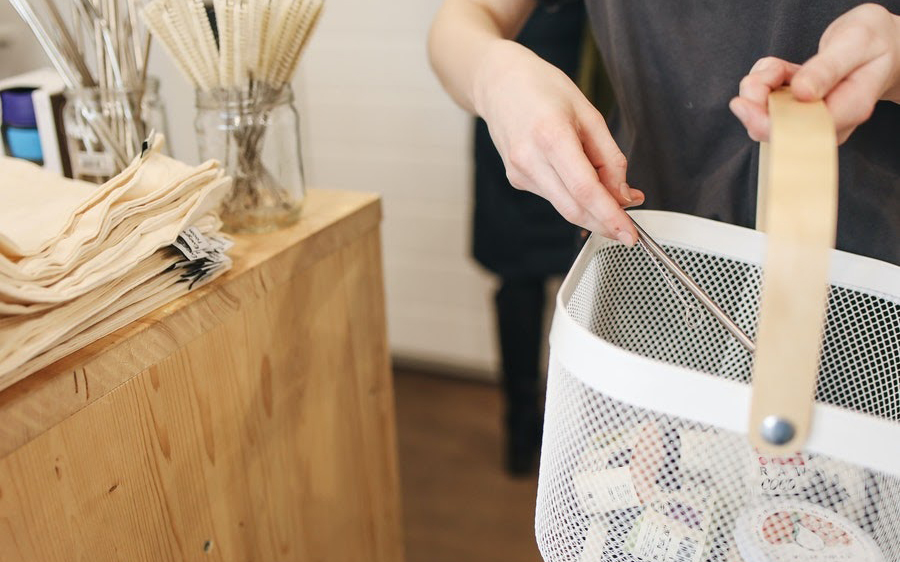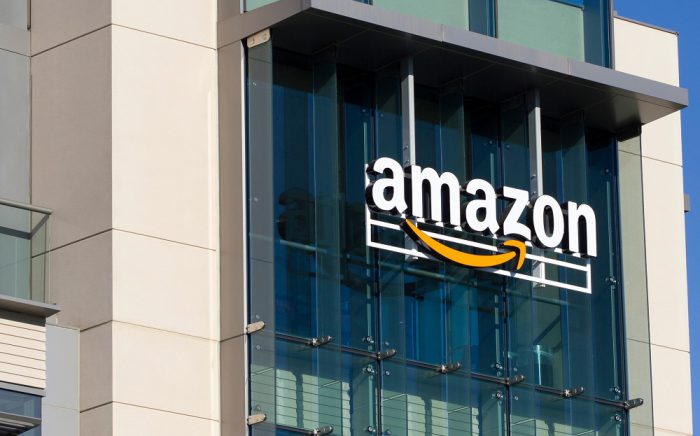Table of Contents
Nothing lasts forever, or so the saying goes. And while this is true in all facets of life, maybe it can be tweaked to help us make smarter purchases.
While there are items marketed as disposable and single use, there are also those on the opposite side, products that are sustainable, ones that are built to last (cue the Ford commercial), or in other words products that are an investment.
The products that go out of style, or out of season, or ones with a manufactured shelf life, are not the ones you should be investing in if you want to save money.
Though it is fun to upgrade your iPhone every year, it is not practical, especially if you are keeping to a budget and saving for your future.
So what items should you be investing in? And how can you tell the difference? We’re here to give you a starting point, to compare both sides of the coin so that you can purchase affordable (and sustainable) items to replace those with a limited lifespan.
Why You Should Focus on Sustainable Purchases
I bet you don’t realize how many repeat purchases you make every week, or month, or year. Toilet paper, tampons, medicine, the latest technological gadgets are just a few of the items that are constantly on our shopping lists.
And while some of these cannot be completely replaced by a once in a lifetime purchase (that would surely solve the toilet paper shortage), others can be substituted with options that are both cost effective and more ethically responsible.
We see these items popularized more and more as time progresses. Reusable water bottles were mostly a staple for camping until they gained traction in the mid-2000s. But what about cloth napkins? Have you considered making that switch yet?
Suffice to say, there are many sustainable products such as these on the market that are a one time investment. Saving you money is basically a built-in feature. Though it can be hard to pay more money up front, like $10 for beeswax paper to replace your $2 aluminum foil roll, purchases like these are valuable. It’s about quality and sustainability.
As many smart investments as there are to make, there are infinitely more items being marketed to you as quick fixes. These items should be avoided and if possible, replaced, so that they do not deplete your budget over time. Though that $2 aluminum foil is a bargain now, that cost is accumulating every time it runs out.
5 Affordable and Sustainable Products to Invest in
Investment may seem like an intimidating word to some, but it doesn’t always acquire you to make a large purchase. Here are five affordable items that you should invest in that could save you thousands of dollars every year.
1. Reusable Water Bottle
Average savings: $1400/year
If you haven’t already hopped on the reusable bottle bandwagon, now is the time. Not only are reusable bottles more eco-friendly, but they save you tons of money over time. We’re not exaggerating. If you’re solely drinking from plastic water bottles, even at their cheapest price, you are probably spending close to $1 per bottle. At four bottles or $4 per day, we’re talking an average cost of over $1400 every year!

When looking at that math, it’s hard to even roll your eyes at a reusable bottle that costs $50 or a water filter costing $15 every 3-4 months. Luckily, with such a saturated market, you can purchase many affordable reusable water bottles for only $10-20.

Stainless Steel Reusable Water Bottle here.
2. At home gym equipment
Average savings: $700/year
Gym equipment is somewhat of a larger investment and requires a little extra space, however, the savings is worth it.

The industry standard cost for gym memberships is $58/month, or just under $700 for the year. However, it is estimated that most American gym members utilize their membership only four times per month. Gyms are basically banking on people not coming in. It’s great for business but it’s bad for your wallet.
So why watch your money waste away when you could utilize outdoor and at home equipment instead? If it’s classes you crave, many fitness centers have turned to live-streaming classes for free, so that you can continue your practice at home without spending any money at all.

Resistance Bands Set here.
3. Reusable grocery bags
Average savings: $70/year
Sometimes, you can make small changes that have a large impact. Using reusable grocery bags has a dramatic impact on the environment in addition to saving you money every time you shop.

If you’re choosing to purchase bags at the grocery store every time you shop, that 25 cents per bag will add up quickly. With a conservative estimation of buying 5 bags per week, you’re spending $70 a year without even realizing it. Make a habit to bring bags when you shop, and reap the rewards.
If you want to protect the environment and save even more, consider investing in reusable ziplock bags, produce bags and storage.

Reusable Cotton Bread Bag Set here.
4. Reusable paper products
Average savings: $2,000+
Lucky for us (and the planet), single use products are going out of fashion. Many standard shopping purchases like paper towels, tampons and pads, cotton balls and straws are being replaced with sustainable options that you can reuse over and over again.
If you start replacing these daily products with reusable alternatives, you will reduce your environmental impact along with the money you spend buying these items repeatedly. We’ll use feminine hygiene products as our savings example here.
Without taking into account medicine, heating pads and birth control, women can expect to spend $2,000 in their lifetime just covering the costs of tampons or pads alone. Unfortunately with this not recognized as a health cost, this is a mandatory inherited expense that all women must pay.

So to curb the cost and reduce the use of paper products, try investing in alternatives like period underwear or menstrual cups. Not only do they provide the same protection, but the cost is significantly lower than $2,000.

Reusable Cotton Rounds here.
5. Reusable cleaning products
Average savings: $120+/yr

While you’re replacing your current disposable paper products, why not invest in reusable and affordable cleaning items? Cleaning cloths and bamboo towels are low cost items that do the same job as paper towels and sponges.
If you’re spending an average of $10 for 6 rolls of paper towels per month, that adds up to $120 per year. Replace that repeat purchase by investing in washable cloths and spend that money you save elsewhere.

Reusable Leather Drying Towel here.
Get Deals on Sustainable Products from RebateKey
In addition to providing you with cash back rebates, deals, and coupons on tons of amazing products, you can also find many sustainable items on RebateKey.
Scroll through the Home & Kitchen and Beauty sections to find affordable products that are worth the investment. From reusable make-up pads to microfiber cleaning cloths, there are numerous discounts waiting for you!




